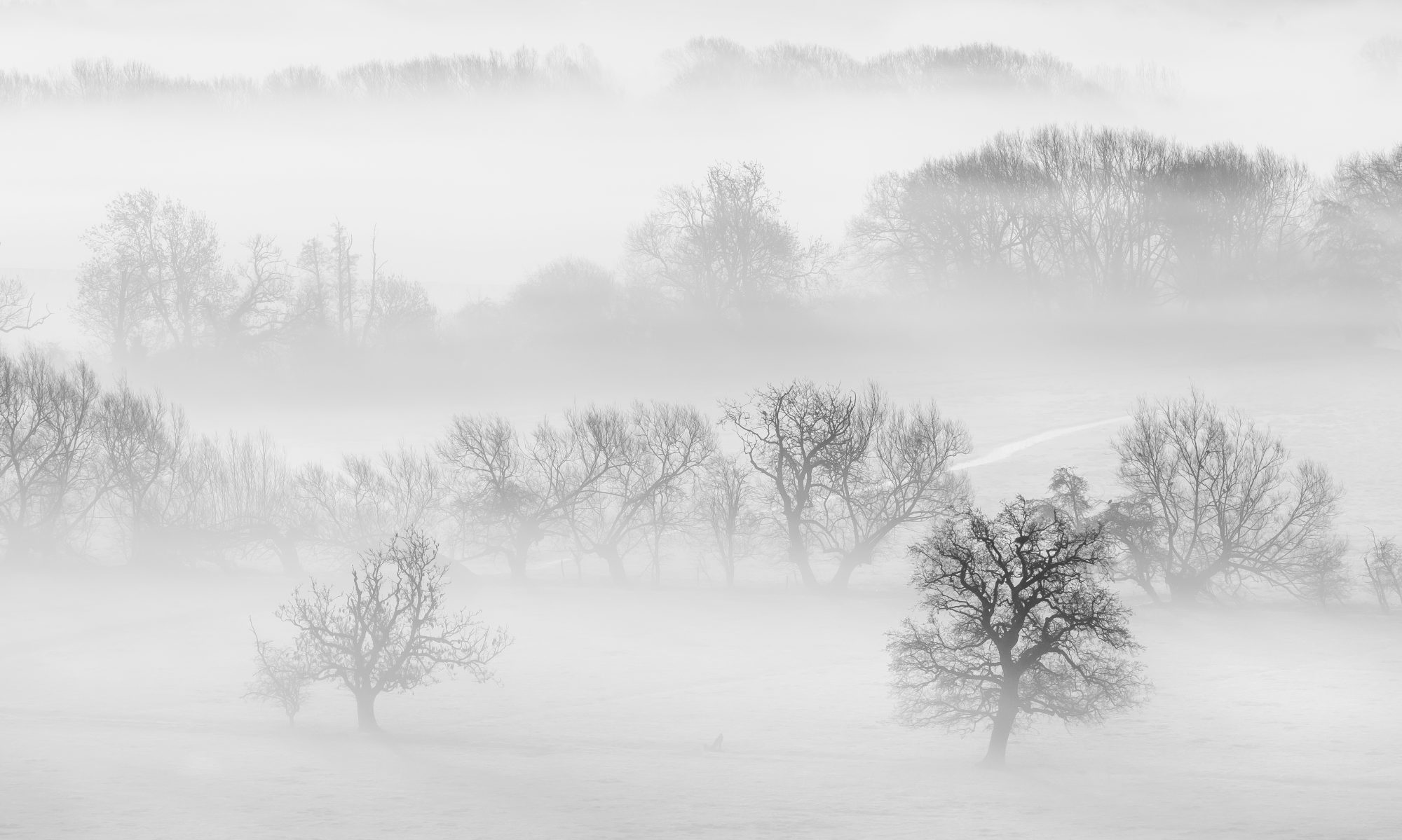
I’ve got some work to do. And it involves my memory – lots of it, too!
Every fortnight – where there are four or more bhikkhus – one monk will be designated to chant the Pātimokkha. It takes approximately forty-five minutes; it is in Pāli; it is usually recited exceptionally quickly (Eminem would be impressed – seriously); and it must be chanted from memory. I learnt it about nine years ago, and chanted it a handful of times during the short period when there were four bhikkhus at the Hermitage. But that was a while ago now and needless to say I let it slip.
But it looks like my time has come again. This isn’t because we have four bhikkhus in residence – it’s been just Luangpor and myself for almost seven years now (with various novices appearing from time to time). It’s because we have some guests arriving from Thailand, and not any old guests, but Luangpor Liam – an early disciple of Ajahn Chah and the Abbot of Wat Pah Pong, Luangpor Anek – a monk of similar standing, and a few assistants including Ajahn Kevali – the current abbot of Wat Pah Nanachat.
They will be here for about five days (before they move on to other monasteries in Europe) and one of those will fall on the first of two new-moon days in June. As it is on the full- and new- moon days that the Pātimokkha is chanted, and as there will be more than four monks here, one of those present will be required to take the hot seat. And, thanks to Luangpor’s suggestion made in my absence, I will be that monk. I can feel the heat already.
So what is the Pātimokkha?
Many moons ago, within a year of the Buddha’s Enlightenment, 1,250 enlightened bhikkhus, all of whom had been ordained by him, gathered spontaneously at the Bamboo Grove near Rajagaha. The Buddha, aware of their presence, descended from his retreat on the nearby Vulture’s Peak rock and took his place among them. He led them in meditation into the night and then, in the small hours, with the full-moon of the month of Magha suspended in the darkness far above their shaven heads, delivered the Ovāda Pātimokkha.
It was a short discourse – it has come down to us as three pithy verses – but it was significant, both for its content: it contains one of the most concise summaries of Buddhism we have*; and for the tradition that it established. That tradition is the fortnightly gathering of bhikkhus for the recitation of the Pātimokkha.
The Pātimokkha is the code of conduct governing the life of Sangha members. The Buddha established the Bhikkhu Pātimokkha for monks, and the Bhikkhūni Pātimokkha for nuns. The Bhikkhu Pātimokkha consists of 227 precepts which govern all areas of our lives. From the seventy-five Sekhiyās – which inform us how to conduct ourselves in public, during meal times, and while teaching Dhamma; to the Pārājikās – the four heaviest rules which entail automatic and immediate expulsion from the Sangha when broken. The pursuit of freedom from suffering is a serious one; and so is the observance of the precepts that lead you there.
I remember how, very shortly after I took full ordination as a bhikkhu – I think even on the same day – feeling as though a giant invisible safety net had just been installed beneath me. Suddenly, I was safe. Suddenly, many courses of action and speech were unavailable to me. But these limitations that are imposed by the Pātimokkha are not restrictive in nature: they are liberating. They liberate you from actions that drag you further into suffering.
Liberation is not doing and saying everything that your greed and hatred demand – that’s slavery. Liberation is being free from greed and hatred, and to be free from greed and hatred we must restrain them, understand them, and let them go. This is one of the prime functions of the Pātimokkha, and of the five precepts of a lay-person for that matter: to help you to restrain the causes of suffering, see them, understand them, and then let them go.
So I gotta learn it all over again. Thankfully, it isn’t taking too much coaxing to get it flowing how it used to, and I do have three months to go until the big day. So, I should be all right.
The photo at the top shows the remains of a little Uposatha hall nestled on an island in Sukhothai, Thailand. Uposatha halls are used for Sanghakammas – ‘actions of the Sangha’ – including bhikkhu ordinations and the recitation of the Pātimokkha. Do you see the little bridge on the left and the stupas in the background?
..
* ”Avoid all evil; Cultivate the good; And purify the mind; This is the teaching of all the Buddhas.”.(The Dhammapada, Verse 183)
.
